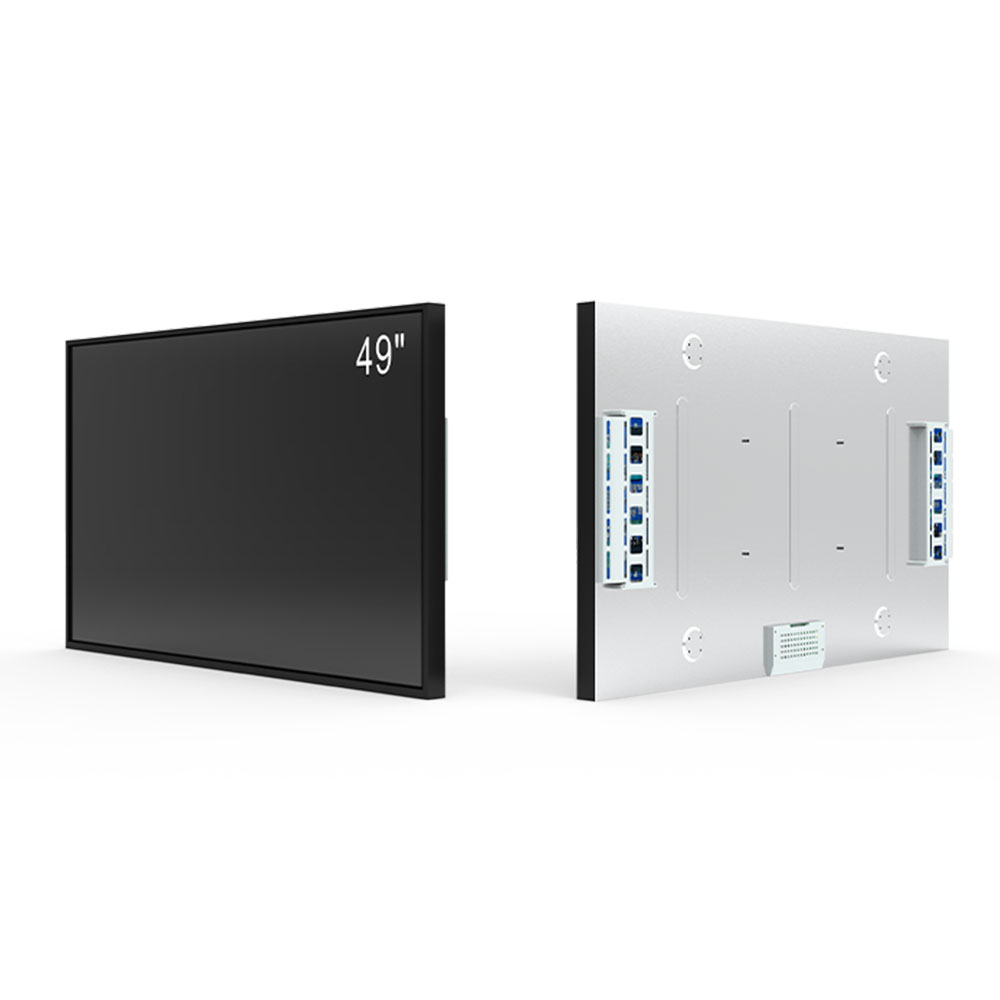- Home
- About Us
- Products
- News
- Video
- Contact
- Send Inquiry
Search
- Home
- About Us
- Products
- News
- Video
- Contact
- Send Inquiry

In high-brightness sunlight-readable LCD screens used across military, industrial, and outdoor applications, environmental protection is not just a feature—it’s a necessity. Among the most critical standards for durability is the IP66 waterproof rating, defined by the International Electrotechnical Commission (IEC) under IEC 60529. This rating ensures that a display device is completely dust-tight (the "6" in IP66) and protected against powerful water jets from any direction (the "6" for water resistance).
For engineers designing or specifying LCDs for use in rugged conditions—such as construction sites, marine environments, or defense operations—the IP66 certification provides measurable assurance of operational integrity. Unlike lower-rated enclosures (e.g., IP54), which offer only partial protection against dust and splashing water, IP66-rated displays undergo rigorous testing. According to IEC 60529, these tests include exposure to a 12.5 mm diameter water jet delivered at 100 liters per minute for 3 minutes from a distance of 3 meters. The test simulates heavy rain, pressure washing, or even accidental submersion in shallow water—common scenarios in field deployments.
Real-world case studies validate this reliability. For example, in a 2022 deployment by the U.S. Department of Defense, IP66-rated LCDs were installed in portable command units used in desert warfare zones. Despite continuous exposure to sandstorms and frequent vehicle washdowns, no moisture-related failures occurred over a 24-month period, outperforming non-IP66 alternatives that suffered from internal condensation and corrosion. Similarly, in offshore oil platforms, IP66 displays are standard on control panels because they resist saltwater spray without degradation in image clarity or touch responsiveness—even in high-humidity tropical climates.
The engineering behind IP66 compliance involves multiple layers: sealed front glass with gasketed edges, conformal coatings on PCBs, and robust housing materials like aluminum alloy or polycarbonate. These measures prevent ingress of both solid particles (like dust, sand, or grit) and liquid media (rain, spray, or hose-down cleaning). Importantly, IP66 does not imply full submersion capability—devices rated IP67 or IP68 are needed for deeper immersion. However, for most outdoor and industrial use cases, IP66 represents an optimal balance between cost, performance, and resilience.

From a user perspective, achieving consistent visibility in direct sunlight is equally vital. High-brightness LCDs (typically 5,000–10,000 nits) paired with IP66 sealing allow operators to read critical information under extreme lighting conditions while remaining confident in the unit’s ability to withstand environmental stressors. This dual functionality makes IP66 an essential benchmark for manufacturers seeking to deliver mission-critical displays in demanding sectors—from smart city infrastructure to agricultural automation systems.